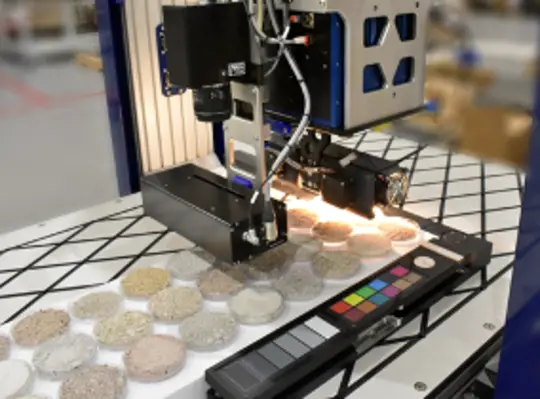When drilling a well the cuttings are transported to the surface to be collected and stored and have been regarded as a waste by-product. These cuttings samples have been overlooked as a data source for some time, with many geological samples simply gathering dust in geological core repositories
However, the award-winning NOROG Released Wells Initiative Cuttings Project has changed all this, by demonstrating that cuttings provide a continuous, independent and relatively inexpensive data source. Data collected from this until now under utilised resource, can be employed to provide information on diagenesis, stratigraphy and sedimentology, locate natural fractures, discriminate between genuinely poor reservoir and underperforming assets and assist with petrophysical characterisation. In addition, the data can also be acquired in real time at the wellsite, saving further costs.
Moreover, in line with the industry’s ongoing digitalisation practices to deliver more efficient working procedures, with shorter project time scales, many have noticed a shift in momentum behind the concept of cuttings digitalisation. The geoscience community is realising the potential for integrating cuttings data into subsurface machine learning (ML) workflows The process involves multiple steps, from the initial imaging and logging the cuttings samples, and ingestion of the data into a geoscience data platform, to labelling of the data and training machine-learning models specifically for cuttings data analysis, resulting in more accurate and insightful decision making. Companies increasingly realise that extracting value from cuttings is indeed possible with modern automated digital acquisition methods, and the cost benefit ratio of doing so is extremely favourable .
In fact the success of the NOROG project has led to a variety of cuttings digitalisation opportunities in several international territories in Europe, South America, Africa, the Middle East and Southern Asia.
A focused and free to attend webinar on ‘Accessing the Value in Cuttings’ by the Rock Imaging Special Interest Group (RISIG), the organisers of the highly regarded International Rock Imaging Summit, will bring together a group of experts from Rocktype, Schlumberger Elemission, Rockwash Geodata and Earth Science Analytics who will present firsthand accounts of the challenges faced and value derived from the digital imaging of cuttings. The presentations will be followed by a moderated panel session where attendees will have the opportunity to question the speakers individually and as a group.
Registrants will be able to access the recorded presentations after the event. Join the RISIG group – there is no charge – and participate in this and future events.
You can register on the website: www.rockimaging.org









